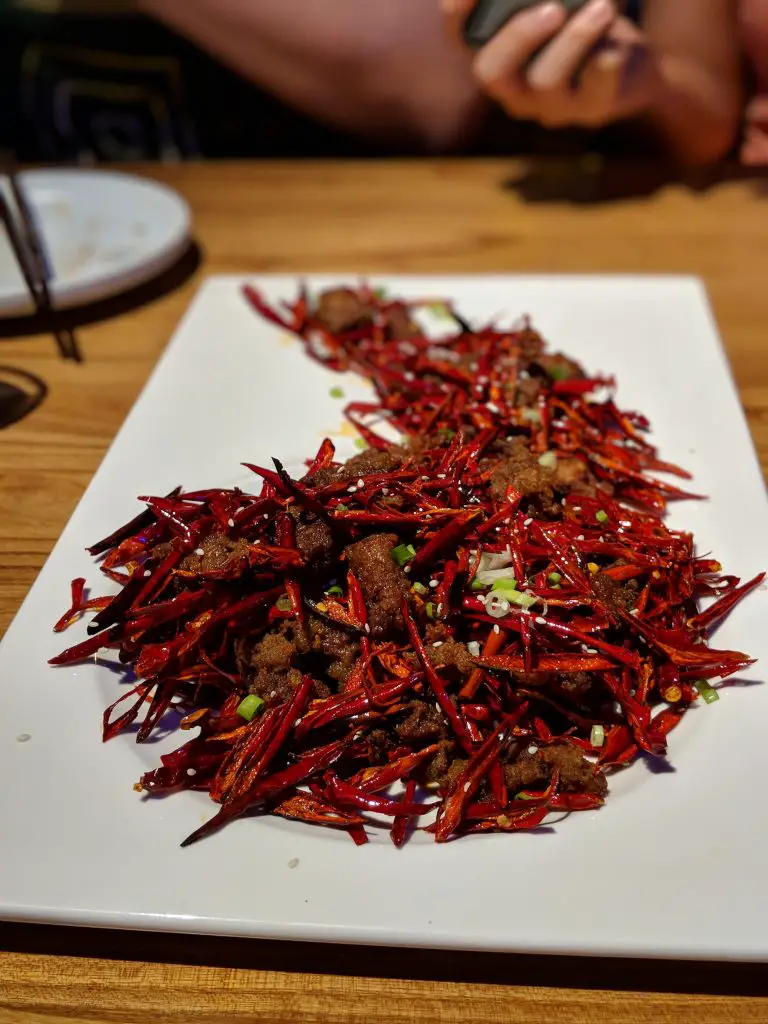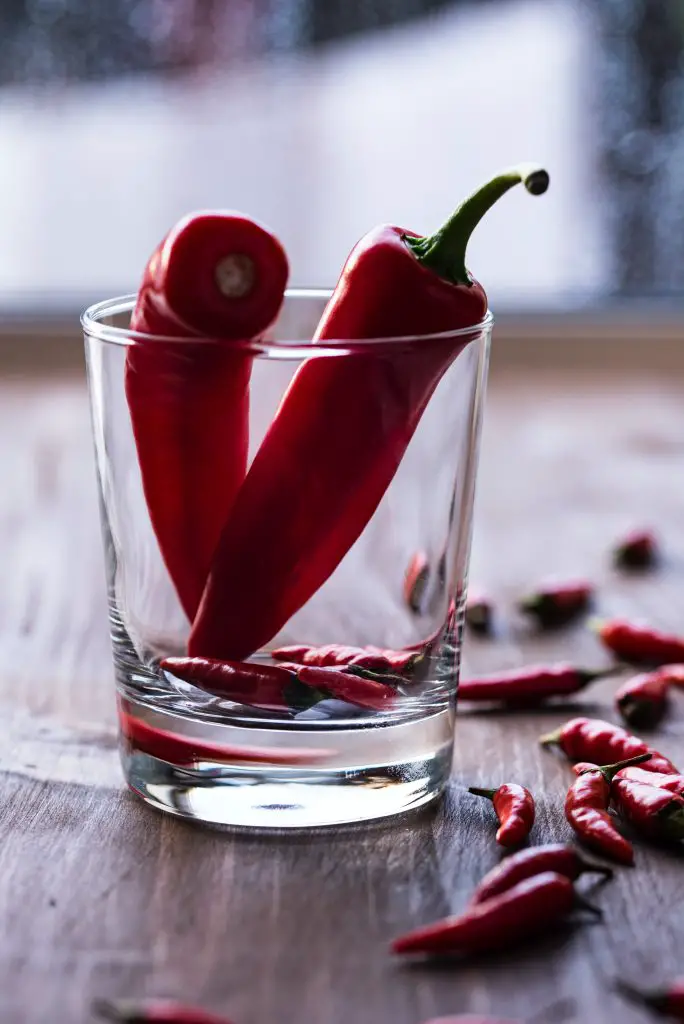Are Dried Peppers Hotter Than Fresh Ones? Using peppers to add a little spice to a dish is a common thing to do in a number of different cuisines such as Indian and Mexican. However, when fresh peppers are not available can you get the same effect from dried peppers? Are dried peppers as hot as fresh ones?
Dried peppers are substantially hotter on a weight-for-weight basis than fresh ones because the chemical that causes the heat, Capsaicin, is concentrated within the remaining pepper. As Capsaicin is not water-soluble and relatively non-volatile (with a boiling point of 410°F(210°C)) it remains in the flesh of the dried pepper and typically increases the heat by approximately 10 times.
The 10 fold increase in heat is supported by a 2014 article published in the Journal of Food and Nutrition Research which measured the heat of a Serrano Pepper before and after drying in Scoville Heat Units. The Scoville Heat Units are calculated based on the % wt of Capsaicin x 150,000. The results are summarized in the table below.
| Fresh Pepper | 34500 SHU |
| Dried Pepper (60°C) | 411000 SHU |
| Difference | x 11.91 |
| % Moisture in the Fresh Pepper | 84.5% |
| % Moisture in the DriedFresh Pepper | 8.5% |
While there is not a precise correlation between the loss of moistureand the increase in the SHU reading it gives a pretty good idea to what the extent of the increase in heat is likely to be. So as a general rule use around 10 times less dried pepper if you are replacing it with fresh pepper.

What Is The Scoville Heat Unit?
The Scoville Scale, invented by Wilbur Scoville in 1912, is these days the generally accepted unit used to measure the heat of Peppers. The original test developed was somewhat subjective as it required human subjects to taste Peppers and then evaluate how many parts of sugar water it took to neutralize the heat of the pepper.
The limitation of this test was it was dependent upon the sensitivity of the individual person, additionally, there was a limit to the number of tests that could be carried out by a single tester.
However, as more advanced analytical testing techniques become available through the second half of the 20th century the concentration of Capsaicin could be measured and correlated to the SHU of pepper making that original test redundant. (16 parts per million of Capsaicin (mg per kg), equals 1 SHU.)
To put these SHU’s into perspective the table below provides some indication of what the units mean for your mouth.
| Heat | Scoville Heat Unit |
| Extemely Hot | Above 80,000 |
| Very Hot | 25,000 to 70,000 |
| Moderately Hot | 3,000 to 25,000 |
| Mildly Hot | 700 to 3,000 |
| Non Hot | 0 to 700 |

Additionally, peppers can be characterised into four major varieties of hot peppers which each have a generalSHU range which will also give you an idea about what the numbers really mean if you have every eaten that particular type of pepper.
Jalapeños are the most common hot peppers. They are most commonly Green in colour, but Red varieties are also available. They are used widely in Mexican cuisine and are also used to make Chipotle Peppers. They typically have a Scoville Heat Unit Rating of between 2,500-10,000.
Serrano peppers are hotter than Jalapeños, and are often used as substitutes when more heat is desired. The most common colour is Green, but there are varieties that are Red, Brown, Orange or Yellow. They typically have a Scoville Heat Unit Rating of between 10,000-25,000.
Bird’s Eye Chillies, which are often referred to as Thai Chillies, are typically Red, Green and Orange in colour. They are generally among the smallest Chillies, but are quite spicy. They typically have a Scoville Heat Unit Rating of between 50,000-100,000.
Habanero Peppers often have smaller fruit than either Jalapeños or Serrano Chillies, that is usually Orange or Red. They are extremely hot, around 10 to 100 times hotter than Jalapenos, and generally should be treated with respect. They typically have a Scoville Heat Unit Rating of between 100,000-350,000.
Beyond these general classification there are also peppers that have SHU readings over 3 million fresh, such as the caroline reaper.
Related Articles
What Are The Different Types Of Hot Peppers?
Why Are My Pepper Plants Not Growing Peppers?
How Many Jalapenos Do The Best Pepper Varieties Produce?
Pepper vs Black Peppercorn: What Is The Difference?
Capsicum vs Bell Pepper: Are They The Same Thing?
Are Dried Peppers Hotter Than Fresh Ones?
